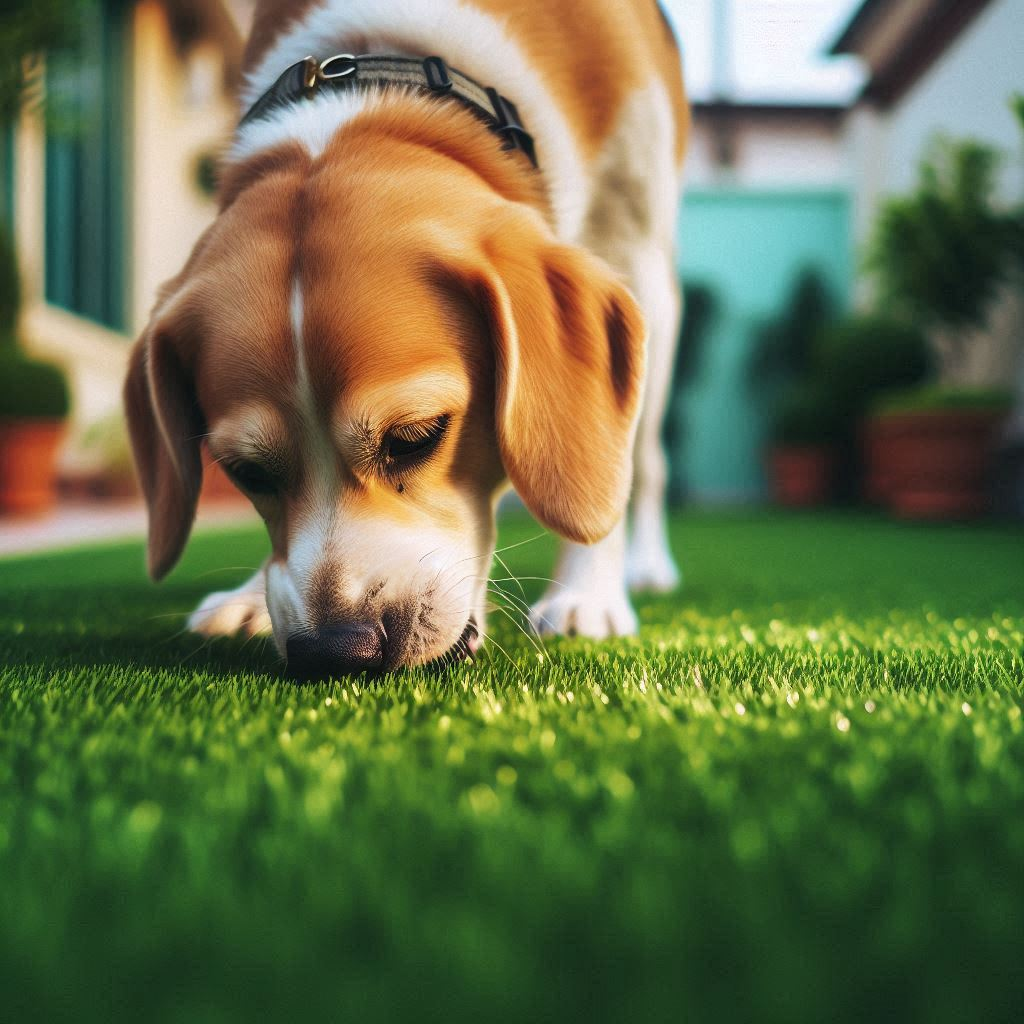Is Artificial Grass Toxic?
Artificial grass has gained immense popularity in recent years due to its low maintenance, aesthetic appeal, and versatility. However, concerns regarding the safety of artificial turf, particularly its potential toxicity, have also emerged. This article delves into the composition of artificial grass, examines the potential health risks associated with its use, and addresses common misconceptions, providing a comprehensive understanding of whether artificial grass is toxic.
The Composition of Artificial Grass
Artificial grass, often referred to as synthetic turf, is primarily made from plastic materials, including polyethylene, polypropylene, and nylon. These materials are designed to mimic the appearance and texture of natural grass while providing durability and resilience. The blades of artificial grass are manufactured in various colors and lengths to achieve a realistic look, and the infill—often made from materials like rubber or sand—helps to support the blades and enhance the overall experience.
Materials Used in Artificial Grass
- Polyethylene: The most common material used in artificial grass, known for its softness and durability. It is also UV-stabilized, which helps maintain its color over time.
- Polypropylene: Generally less expensive than polyethylene, polypropylene is used in lower-quality turf. It is less durable and may not withstand heavy foot traffic.
- Nylon: Known for its strength and resilience, nylon is often used in high-quality artificial grass products, making it ideal for areas with heavy usage.
- Infill Materials: Infill can include crushed rubber from recycled tires, sand, or other materials that provide stability and cushioning. Concerns have been raised about the potential for heavy metals and chemicals in rubber infill.
Health Concerns Related to Artificial Grass
Chemical Leaching
One of the primary concerns regarding artificial grass toxicity is the potential for chemical leaching. Studies have shown that certain chemicals can leach from the materials used in synthetic turf, especially under extreme temperatures or when exposed to rain. Heavy metals, such as lead and zinc, have been detected in some turf products, raising questions about their long-term impact on health, particularly for children and pets who spend extended periods on these surfaces.
Volatile Organic Compounds (VOCs)
VOCs are organic chemicals that can easily evaporate at room temperature. Some studies suggest that synthetic turf can emit VOCs, which may lead to short- and long-term health effects, including irritation of the eyes, nose, and throat, as well as more severe conditions with prolonged exposure. The concentration of VOCs can be higher in newer installations, prompting concerns about the safety of freshly installed artificial grass.
Microbial Growth
Artificial grass can become a breeding ground for bacteria, fungi, and other microorganisms, particularly in warm, humid climates. While synthetic turf does not require watering, it can retain moisture, creating conditions conducive to microbial growth. Regular maintenance, including thorough cleaning and sanitization, is essential to minimize this risk.
Heat Retention
Another significant concern with artificial grass is its tendency to absorb and retain heat. Studies indicate that synthetic turf can become significantly hotter than natural grass, especially during peak sunlight hours. This heat retention can lead to increased risks of burns for pets and children playing on the surface. Additionally, the heat can cause discomfort for individuals walking barefoot on the turf.
Addressing Common Misconceptions
“All Artificial Grass is Toxic”
While some older or lower-quality products may contain harmful chemicals, not all artificial grass is toxic. Many manufacturers have taken steps to improve safety standards, ensuring their products are free from harmful substances. It is crucial to choose high-quality, certified artificial grass that adheres to safety regulations.
“Rubber Infill is Always Dangerous”
Concerns surrounding rubber infill primarily stem from its origin as a recycled material. While some studies have raised questions about potential contaminants, many manufacturers offer alternative infill options, such as sand or organic materials, that pose no health risks. It is advisable to consult with turf professionals about the best infill options for specific applications.
“Artificial Grass is Safe for Pets and Children”
When properly installed and maintained, artificial grass can be safe for both pets and children. Many manufacturers now produce pet-friendly options with antimicrobial properties to inhibit microbial growth. It is essential to follow maintenance guidelines to ensure the surface remains clean and safe.
Regulatory Standards and Safety Testing
Various regulatory bodies, including the Environmental Protection Agency (EPA) and the Consumer Product Safety Commission (CPSC), have established guidelines and testing standards for artificial grass products. These standards help ensure that the materials used in artificial turf are safe for public use and free from harmful chemicals. When selecting artificial grass, look for products that meet these safety standards and have been tested by independent laboratories.
Conclusion
In conclusion, while concerns about the toxicity of artificial grass do exist, the level of risk largely depends on the materials used, the quality of the product, and proper maintenance. By selecting high-quality synthetic turf that meets safety regulations, homeowners can enjoy the many benefits of artificial grass without significant health risks.
By addressing the composition, health concerns, common misconceptions, and regulatory standards associated with artificial grass, we aim to provide a comprehensive understanding of its safety. With careful consideration and informed choices, artificial grass can be a safe, attractive, and practical solution for various outdoor spaces.

